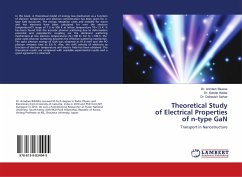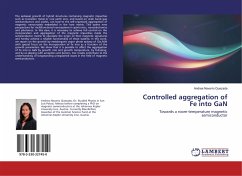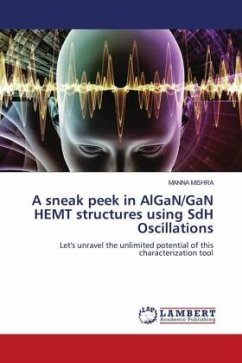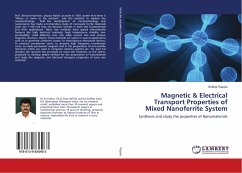In this book, A theoretical model of energy loss mechanism as a function of electron temperature and electron concentration has been given for n-type GaN structures. The energy relaxation rates and mobility for warm and hot electrons have been calculated for over the electron temperature(T) range of 1.5 to 500 K at lattice temperature T0=1.5 K. It has been found that the acoustic phonon scattering due to deformation potential and piezoelectric coupling are the dominant scattering mechanisms at low electron temperatures (Te 100 K, the polar optic phonon scattering becomes the effective scattering mechanism. The optic phonon energy of GaN was obtained as 91.8 meV and the PO phonon emission time as 8.6 fs. Also, the drift velocity of electrons as function of electron temperature and electric field has been obtained. The theoretical results are compared with available experimental results and a good agreement is observed.
Bitte wählen Sie Ihr Anliegen aus.
Rechnungen
Retourenschein anfordern
Bestellstatus
Storno








